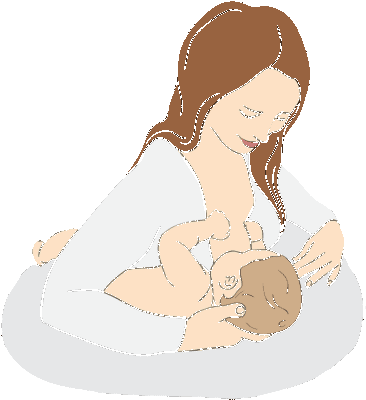Hair loss can be a distressing condition that affects millions of people worldwide. Whether you’re male or female, experiencing hair thinning or baldness can have a significant impact on self-esteem and overall well-being. In this article, we will delve into the causes, types, and potential treatments of hair loss from a dermatological perspective.
Causes of Hair Loss
Understanding the root cause of hair loss is essential in determining the most effective treatment plan. Several factors contribute to hair loss, including: Genetics: Hereditary factors can play a significant role in hair loss, such as male and female pattern baldness. Hormonal changes: Hormonal imbalances, particularly in conditions such as polycystic ovary syndrome (PCOS) or thyroid disorders, may cause hair loss. Alopecia areata: This autoimmune disorder causes patchy hair loss and can progress to complete baldness in severe cases. Medical conditions: Certain medical conditions, including scalp infections, trichotillomania (hair pulling disorder), and skin disorders like psoriasis or eczema, can lead to hair loss. Stress and nutritional deficiencies: Emotional or physical stress, as well as inadequate nutrient intake, can have a detrimental impact on hair health.
Types of Hair Loss
Dermatologists categorize hair loss into various types based on its underlying causes and presentation:
Androgenetic Alopecia (Male and Female Pattern Baldness)
This is the most common type of hair loss, affecting both men and women. It typically presents with thinning hair in specific areas, such as the crown or hairline. In males, it may progress to complete baldness.
Alopecia Areata
Alopecia areata is an autoimmune disorder that causes round bald patches on the scalp or other areas of the body. It occurs when the immune system mistakenly attacks the hair follicles.
Telogen Effluvium
Telogen effluvium is temporary hair shedding that occurs due to numerous factors, such as hormonal changes, stress, or certain medications. The hair follicles enter a resting phase prematurely, leading to excessive hair loss.
Treatment Options
When it comes to hair loss, dermatologists employ various treatment strategies based on the underlying cause and severity of the condition. Some common treatment options include:
Medications
Prescription medications like minoxidil and finasteride can help promote hair regrowth and prevent further loss in cases of androgenetic alopecia.
Corticosteroids
Corticosteroids can be administered topically or via injections to reduce inflammation and suppress the immune response in autoimmune-related hair loss conditions such as alopecia areata.
Hair Transplantation
Hair transplantation involves relocating hair follicles from areas of the scalp with healthy hair growth to bald or thinning areas. This surgical procedure provides a long-lasting solution for hair loss.
Laser Therapy
Low-level laser therapy (LLLT) is a non-invasive treatment option that uses red light to stimulate hair growth and improve hair density in individuals with certain types of hair loss.
Prevention and Tips for Healthy Hair
While not all types of hair loss are preventable, maintaining a healthy hair care routine can promote overall scalp health and minimize the risk of certain conditions. Here are some tips:
Follow a balanced diet
Ensure your diet includes essential nutrients like vitamins, minerals, and proteins. Foods rich in biotin, zinc, iron, and omega-3 fatty acids are particularly beneficial for hair health.
Avoid excessive heat styling or chemical treatments
Excessive use of hot styling tools, harsh hair dyes, and chemical treatments can weaken hair and contribute to breakage or hair loss. Opt for gentle styling methods and natural hair care products.
Manage stress
Chronic stress can negatively impact hair growth. Engage in stress-reducing activities like regular exercise, meditation, or pursuing hobbies to maintain a healthy mind and body.
Gentle hair care practices
Be gentle while washing and combing your hair. Use a wide-toothed comb and avoid brushing wet hair to prevent unnecessary breakage.
Conclusion
Hair loss is a common concern that affects many individuals, but with advancements in dermatology, effective treatments and preventive measures are available. Consulting with a dermatologist can help determine the best course of action tailored to your specific needs. Remember, healthy hair begins with a healthy scalp!









